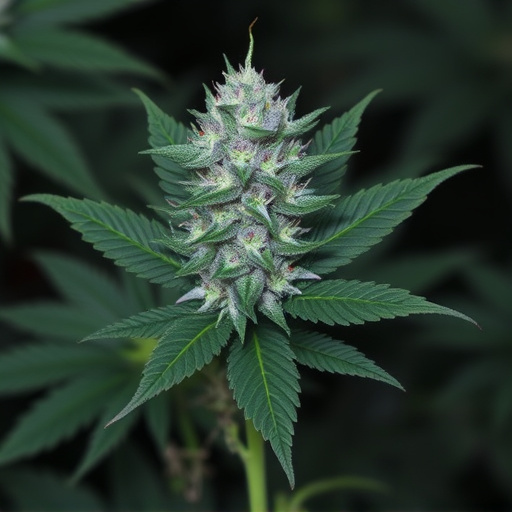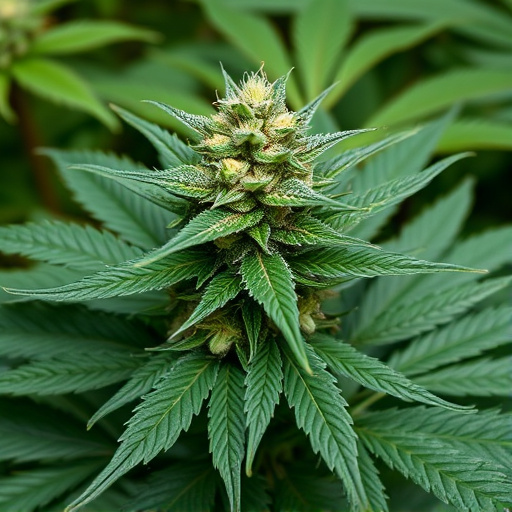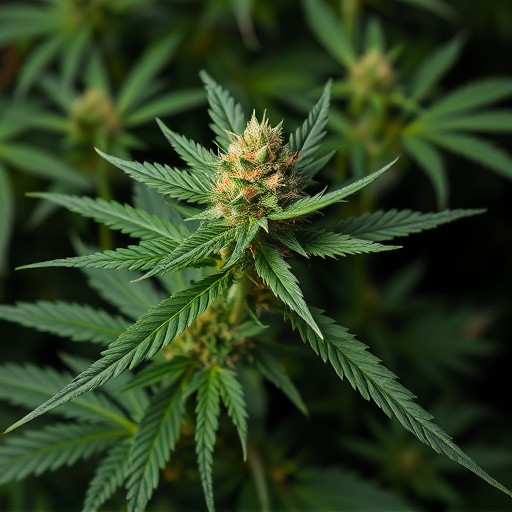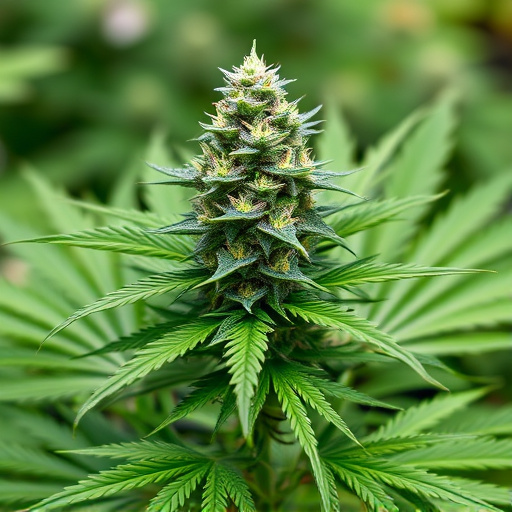Sativa cannabis strains offer short-term benefits including heightened senses, creativity boost, euphoria, and relaxation, but may cause anxiety, paranoia, elevated heart rate, and other side effects. Long-term use poses health risks like respiratory issues, psychological problems, memory/concentration difficulties, especially in young users. To mitigate these risks, start with small doses, avoid potent strains, take breaks, and incorporate mindfulness practices.
“Curious about the potential side effects of smoking weed? This comprehensive guide explores the impact, both short-term and long-term, of consuming sativa cannabis strains. Discover how these powerful plants can affect your mind and body, from heightened senses to longer-lasting concerns. We delve into managing negative symptoms, offering insights on mitigating risks associated with regular use. Whether you’re a first-time smoker or a seasoned user, understanding these effects is key to informed decisions regarding your health.”
- Short-Term Effects of Sativa Cannabis Strains
- Long-Term Use and Potential Health Risks
- Managing and Mitigating Negative Side Effects
Short-Term Effects of Sativa Cannabis Strains
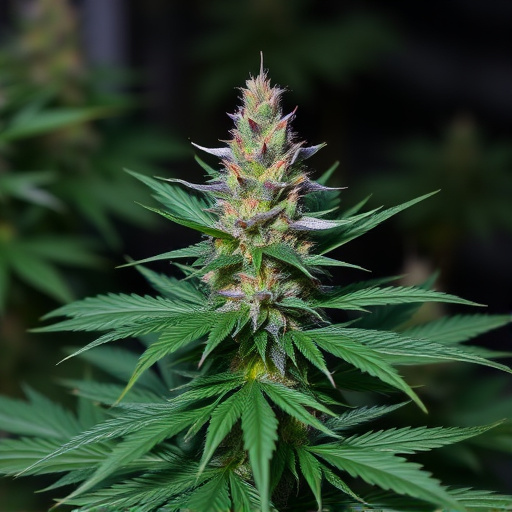
Smoking sativa cannabis strains can produce a range of short-term effects that vary from person to person. These effects often include heightened senses, increased creativity, and feelings of euphoria or relaxation. Many users report enhanced appreciation for music, art, and nature, as well as elevated mood and conversation. The mental stimulation offered by sativas can be particularly appealing to those seeking a boost in productivity or creative thinking.
However, it’s crucial to remember that short-term effects can also include anxiety, paranoia, and an increase in heart rate. Some users may experience dizziness, headaches, or even panic attacks, especially if they consume too much or have a low tolerance. It’s essential to start with small doses and monitor personal reactions to manage these potential side effects effectively.
Long-Term Use and Potential Health Risks
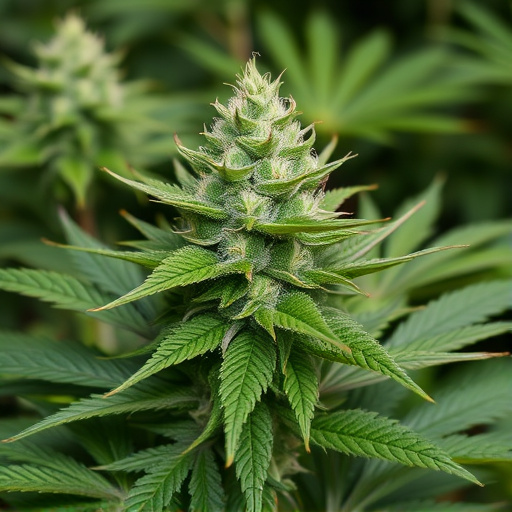
Long-term use of weed, or cannabis, including popular sativa cannabis strains, has been linked to various potential health risks. Regular consumption can impact respiratory health, increasing the likelihood of chronic bronchitis and reduced lung function over time. These effects are particularly pronounced in individuals who inhale smoke deeply or frequently.
Additionally, prolonged exposure to the chemicals in cannabis may contribute to psychological issues such as anxiety, depression, and even psychosis, especially in young people whose brains are still developing. Studies suggest that long-term users may experience difficulties with memory, concentration, and decision-making. These risks are important considerations given the growing accessibility of cannabis, particularly for recreational use, and highlight the need for further research into its long-term effects.
Managing and Mitigating Negative Side Effects
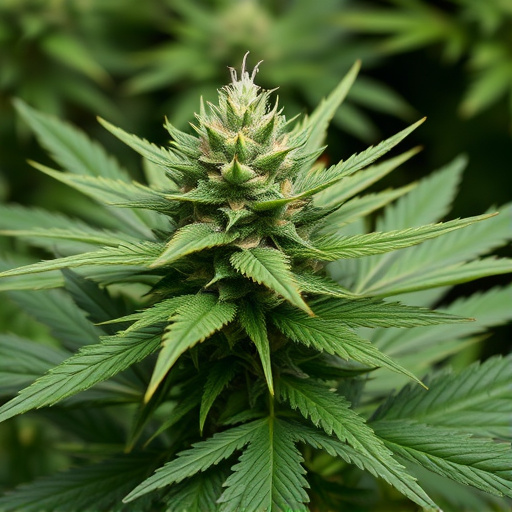
Managing and mitigating negative side effects associated with smoking weed is an important aspect often overlooked by users. While cannabis, especially sativa cannabis strains, offers a range of therapeutic benefits, it’s not without its potential drawbacks. Common issues include anxiety, paranoia, and cognitive impairments that can impact daily life.
To combat these adverse effects, several strategies can be employed. Modifying the strain choice to opt for less potent varieties or those with higher CBD content can help reduce anxiety. Taking breaks from use to allow the body and mind to recover is another effective method. Additionally, engaging in mindfulness practices such as meditation can counteract cognitive disruptions caused by smoking.
While the recreational use of marijuana is growing, it’s crucial to understand both the immediate and long-term effects. Sativa cannabis strains can produce short-term highs, but prolonged use may lead to potential health risks, including respiratory issues and cognitive impairments. However, by managing intake and choosing strains carefully, users can mitigate these negative side effects. Remember that awareness and responsible consumption are key when considering the impact of sativa cannabis strains on your well-being.




